The Church Of Saint Nectarios in Aegina is a surprisingly modern building. It was built in the 1970’s, but its history goes further back than that – the ministry dates back from the early 1900’s.
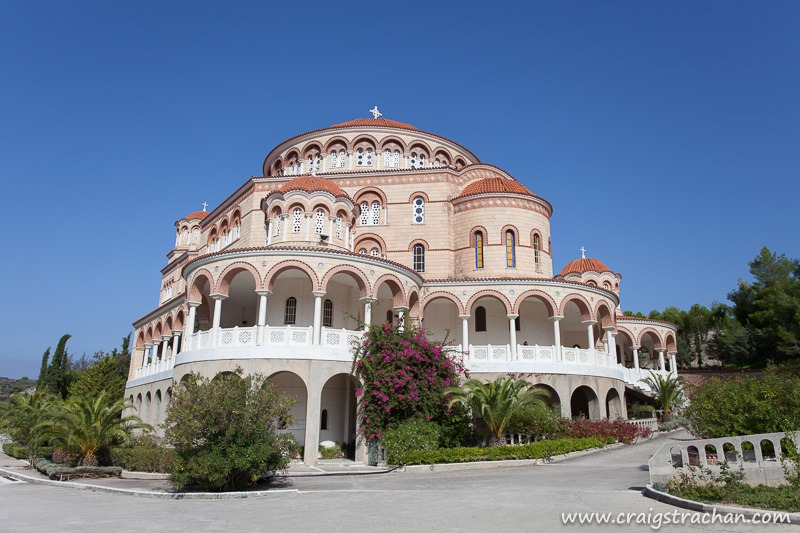
It is a lovely quiet and peaceful place to wonder around, or to sit and contemplate in the shaded walkways. The monastery was built in 1904, you can easily visit the ministry by climbing the stairs at the back of the main building, and that is where you can find the relics of Saint Nectarios. Saint Nectarios is a well-known Greek saint, and when you visit the much smaller ministry it can get a little more crowded with many people visiting the relics.

I love the pastel terracotta colours of the buildings, they feel so much cooler in the hot Greek weather.
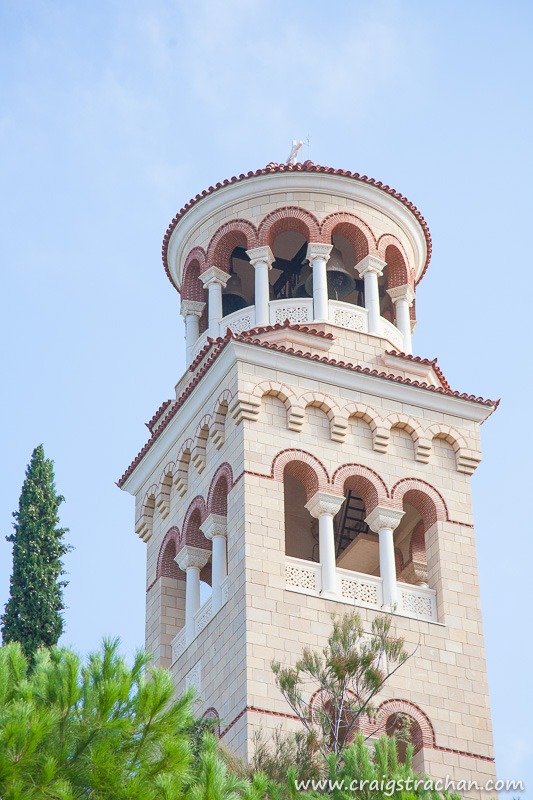



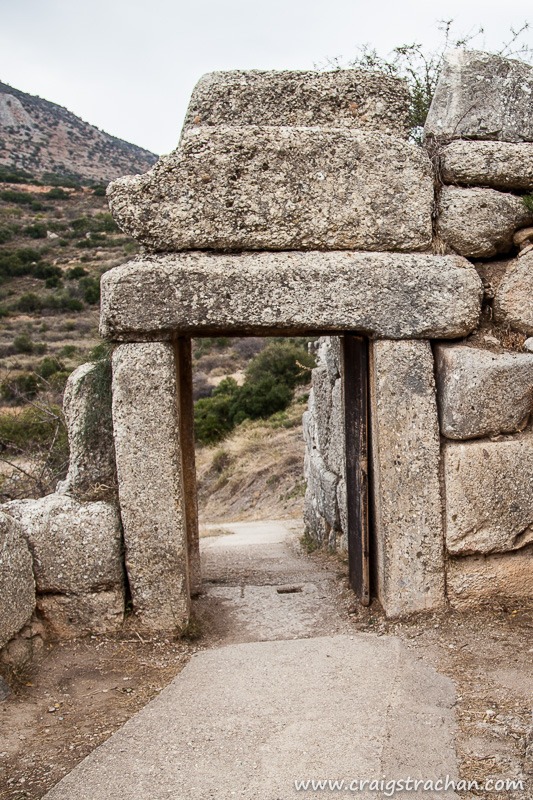

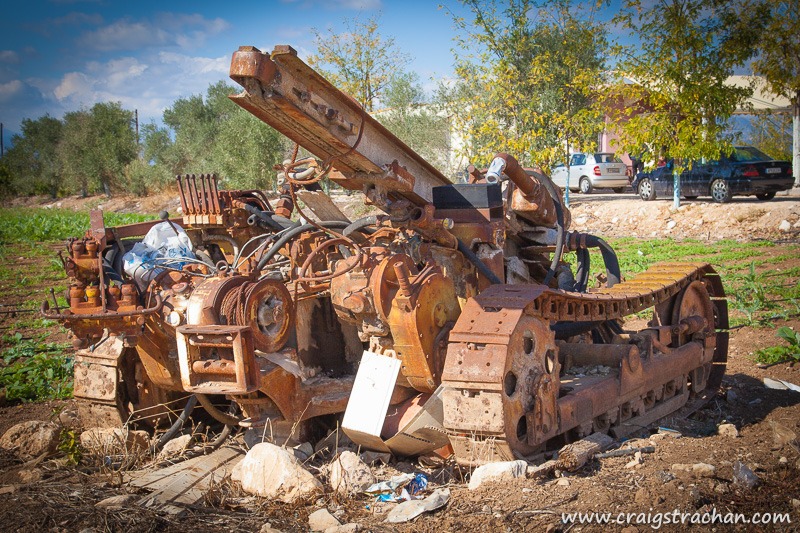



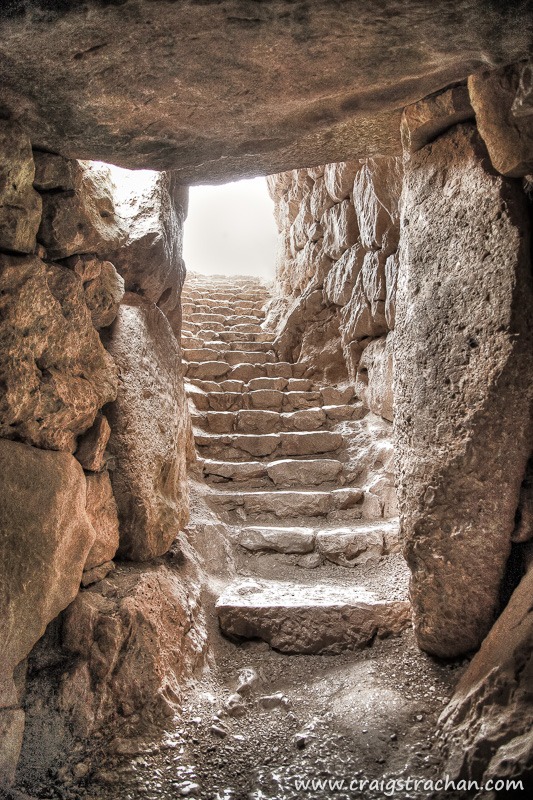



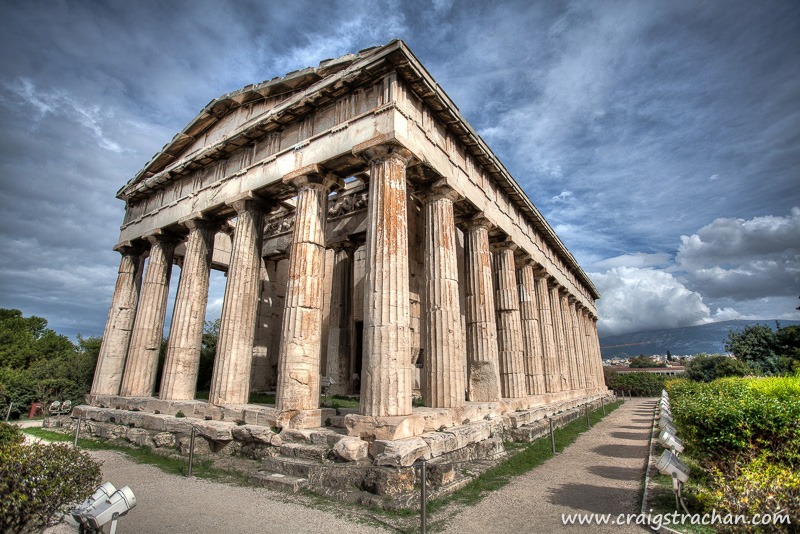

Leave a Comment